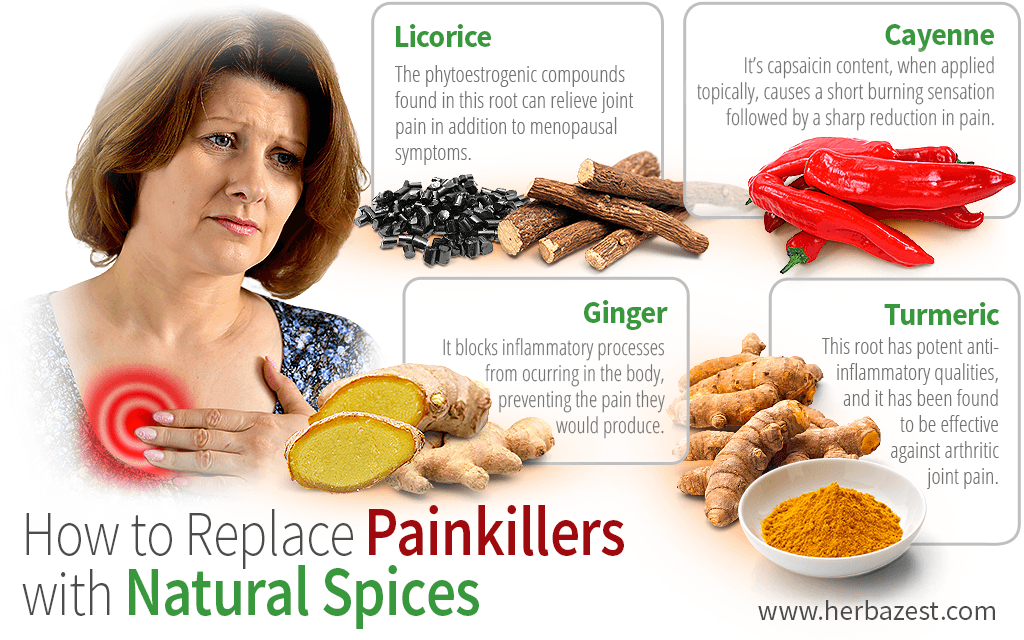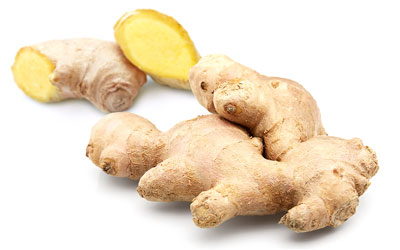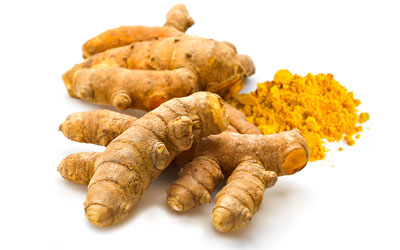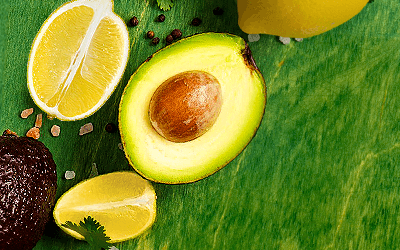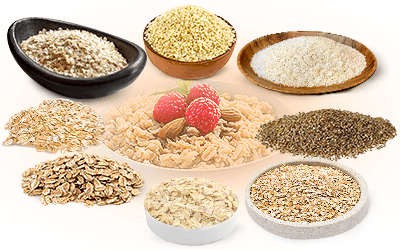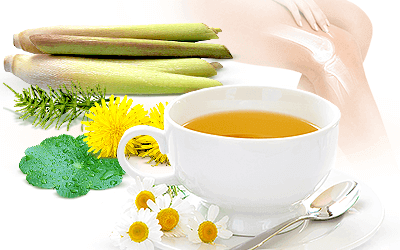International Association for the Study of Pain defines pain as "an unpleasant sensory and emotional experience associated with, or resembling that associated with, actual or potential tissue damage."1
Pain is a common side effect of many conditions, and - needless to say - it's uncomfortable and oftentimes debilitating. In relying on quick-fix painkillers to relieve discomforts, many people in today's society are unknowingly overlooking the medicinal resources the natural world has to offer. Studies have shown that some of the most popular spices have anti-inflammatory and analgesic abilities that are superior to pharmaceutical drugs in providing pain relief, often without adverse side effects.
1. Cayenne (Capsicum annuum)
Cayenne pepper is a spice that is most famous for giving curries their heat, but it also possesses significant pain-relieving properties. Capsaicin, present in the pulp and flesh, can be used in an herbal poultice and applied topically to the site of pain, immediately heating it up, desensitizing nerve endings, and reducing pain for several weeks.
The herb can also be consumed in capsule form. When taken orally, cayenne reduces substance P, the chemical that sends pain messages to the brain. The topical and oral use of cayenne has been found to be particularly effective in treating shingles, back pain, and arthritic joint pain.
2. Ginger (Zingiber officinale)
Ginger is a spice with a host of medicinal abilities, with its anti-inflammatory and analgesic properties being the prominent ones. It works to relieve pain in two ways: by blocking inflammatory compounds, such as prostaglandin and leukotriene, and by breaking down existing inflammation and acidity. These effects can be enjoyed either topically, when ginger root is used to make a poultice as well as orally, when it is brewed as an herbal infusion to relieve gastrointestinal and menstrual pain.
3. Licorice (Glycyrrhiza glabra)
Licorice is an anti-inflammatory herb that grows wild throughout Europe and Asia. Since it contains compounds that taste extremely sweet, it is common to find licorice candy and cough drops in convenience stores and wholesalers. Licorice is especially effective in relieving ulcer pain as well as reducing inflammation and injury in the stomach.
4. Turmeric (Curcuma longa)
Turmeric is related to ginger and has a similar golden appearance, though turmeric is bitterer and less palatable than its sweeter relative. Turmeric root has significant anti-inflammatory abilities, particularly in relation to arthritic pain, which can be relieved by grinding the spice into a paste and applying it as a poultice. Turmeric can also be consumed as a tea or liquid extract to relieve systemic pain.
It's easy to overlook the pain-relieving resources that are stocked in your kitchen cupboard or growing in your own herb garden when you are used to reaching for pharmaceutical painkillers at the first signs of pain. Herbs have been used for pain relief for centuries, and the benefits of using all-natural painkillers are many: effectiveness, convenience, and affordability, to name but a few.
Sources
- National Center for Complementary and Alternative Medicine, Turmeric, 2012
- Herbal Medicine, The Amazing and Mighty Ginger, 2011
- Phytotherapy Research, Turmeric, 2012
- University of Maryland Medical Center, Cayenne, 2013
Footnotes:
- International Association for the Study of Pain. (2020). IASP Announces Revised Definition of Pain.Retrieved February 5, 2021 from https://www.iasp-pain.org/PublicationsNews/NewsDetail.aspx?ItemNumber=10475&navItemNumber=643


